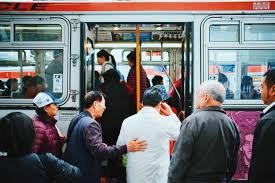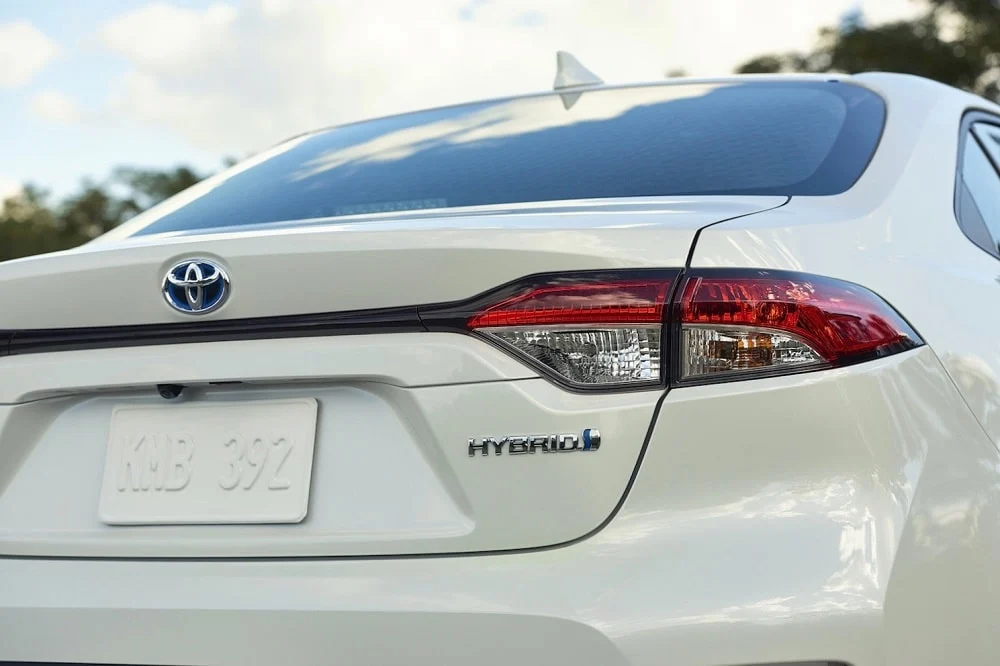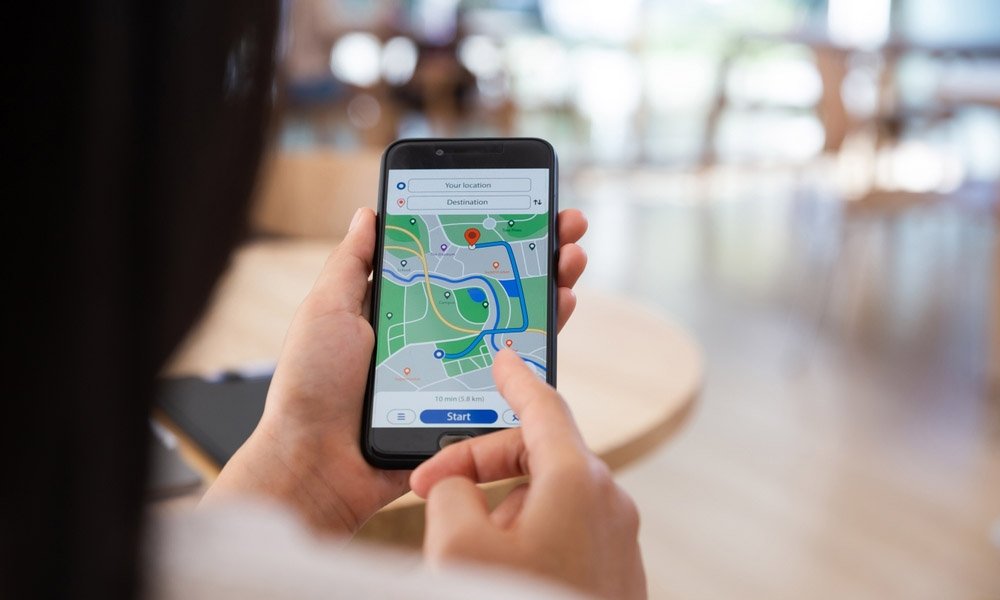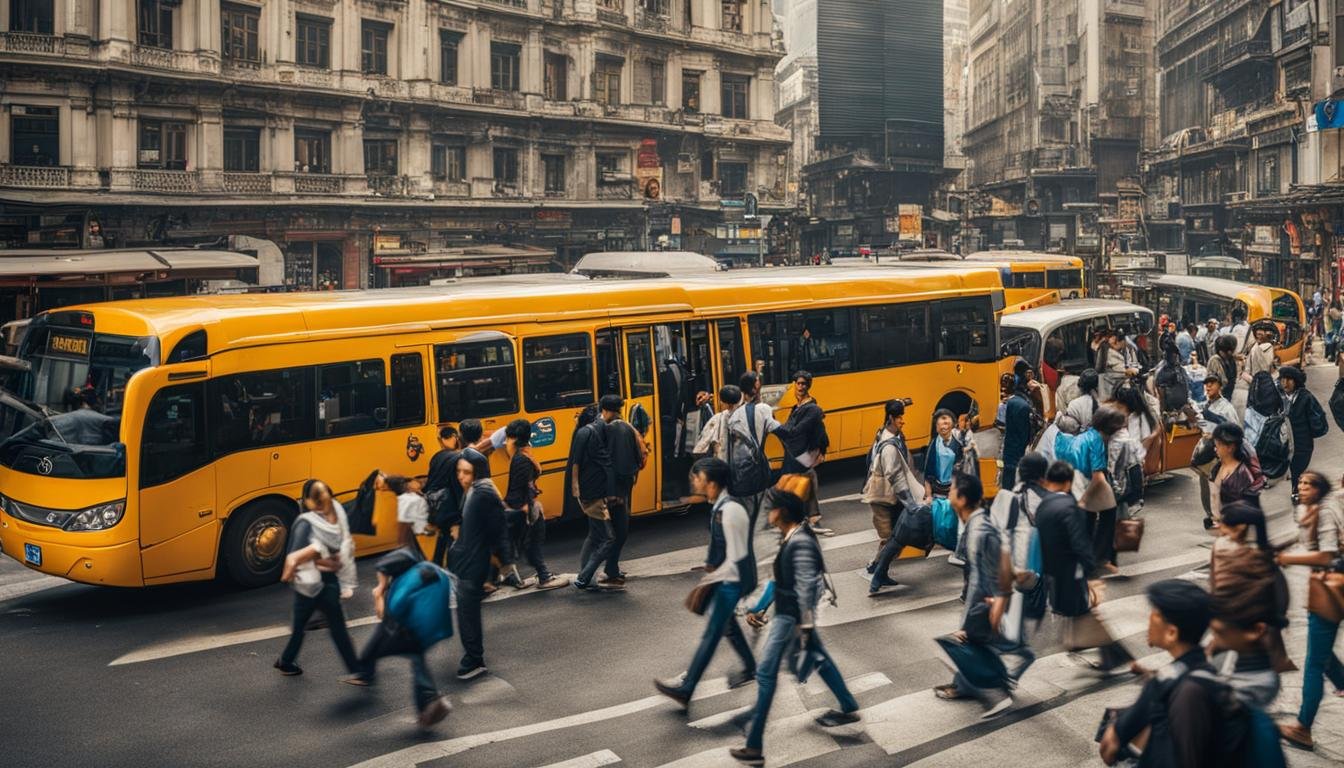Public transit has long been considered a reliable and eco-friendly transportation option. With growing concerns over traffic congestion, environmental sustainability, and rising fuel costs, more people are turning to buses, trains, subways, and trams as a means of getting around. In this post, we’ll explore the advantages of using public transit, and why it’s becoming an increasingly popular choice for urban commuters.
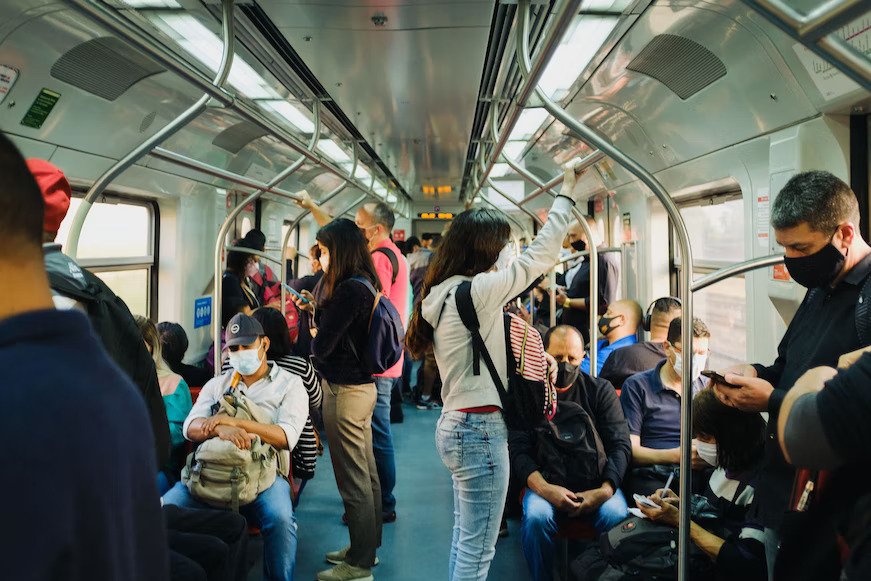
Cost-Effectiveness
One of the primary advantages of using public transit is its cost-effectiveness. Owning and maintaining a personal vehicle can be expensive. There are costs for purchasing a car, fuel, insurance, repairs, and parking. For many people, public transportation provides a far cheaper alternative.
A monthly or weekly transit pass is often much less expensive than maintaining a car. In addition, you won’t have to worry about the fluctuating prices of fuel or unexpected vehicle maintenance costs. For those who only need to travel short distances, public transit becomes even more cost-efficient, allowing individuals to save money for other needs.
Environmental Benefits
Public transit plays a crucial role in reducing environmental impact. The transportation sector is one of the largest contributors to air pollution and greenhouse gas emissions, mainly due to the use of personal vehicles. Public transit systems, however, use fewer resources per person and are far more energy-efficient.
For example, buses, trains, and subways can carry dozens or even hundreds of people at once, reducing the number of cars on the road and cutting down on carbon emissions. Many public transit systems are also moving toward cleaner energy sources, such as electric buses, further reducing their environmental footprint. By using public transit, individuals contribute to a cleaner, greener planet.
Reducing Traffic Congestion
One of the most significant advantages of public transit is its ability to reduce traffic congestion. In crowded urban areas, traffic jams can waste time and increase stress for commuters. With more people using buses, trains, or trams instead of personal cars, the number of vehicles on the road decreases, leading to smoother traffic flow.
When cities prioritize public transit, they help reduce congestion, making it easier and faster for everyone to get around. Less traffic also means reduced air pollution and better overall urban mobility, making cities more livable and less stressful for residents.
Health Benefits
Using public transit can also promote better health. People who use public transportation are often required to walk to and from bus stops, train stations, or transit hubs. This increases their daily physical activity, which can improve cardiovascular health and overall fitness.
In addition, many cities are investing in pedestrian-friendly infrastructure, such as well-maintained sidewalks and bike lanes, making it easier for public transit users to walk or cycle to their destination. Regular physical activity, even in small doses, can have a significant positive impact on long-term health.
Time Efficiency
For many people, public transit offers a more predictable and reliable way to get around. Commuting by car often involves unexpected delays due to traffic, road construction, or accidents. In contrast, public transit systems often run on fixed schedules and designated routes, which can help reduce travel time.
Additionally, while riding public transit, passengers can make use of their time more effectively. They can read, catch up on emails, or relax instead of focusing on the road. This can make the daily commute less stressful and more productive, allowing passengers to arrive at their destination feeling more refreshed.
Encouraging Sustainable Urban Growth
Public transit is essential in promoting sustainable urban development. Cities with well-integrated transit systems tend to have higher population densities, fewer suburban sprawl issues, and better land-use planning. Public transit reduces the need for vast parking lots, which are space-consuming and environmentally harmful.
By prioritizing public transit, urban planners can build more walkable cities with easy access to essential services. This encourages the development of mixed-use neighborhoods where people can live, work, and shop within walking distance of transit stations, reducing the need for long car commutes and enhancing the overall quality of life.
Conclusion
The pros of using public transit are numerous and far-reaching. From cost savings and environmental benefits to reduced traffic congestion and improved health, public transportation offers a sustainable and efficient way to move around. As cities continue to grow, investing in and expanding public transit systems will be crucial for ensuring that urban areas remain livable, accessible, and environmentally friendly. By choosing public transit, individuals not only improve their daily commute but also contribute to building a better, more sustainable future.







